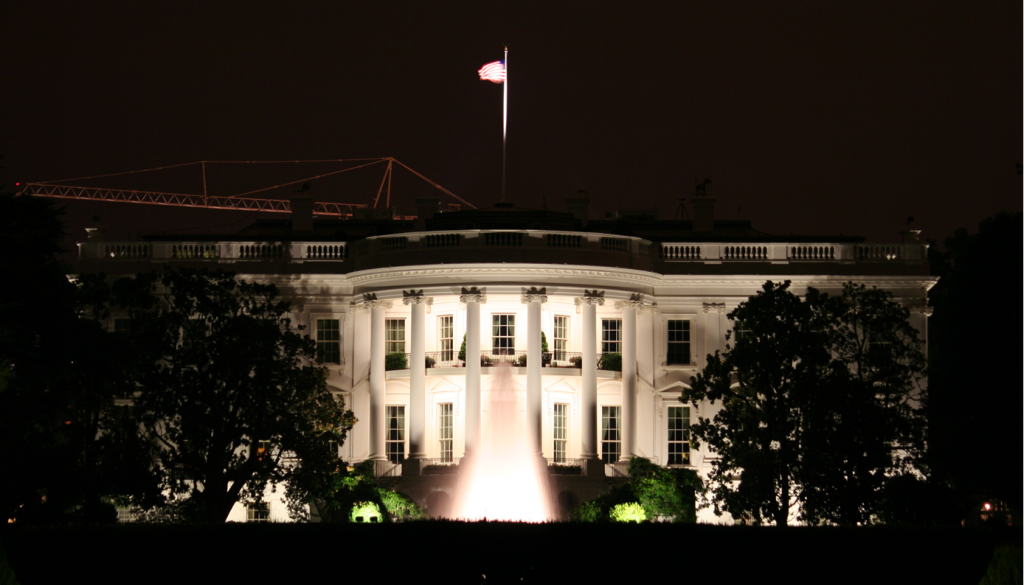OMB Leveraging the CRA to Add to Its Oversight of Independent Regulatory Agencies
By Bill Funk, Center for Progressive Reform
Last week, the acting director of the Office of Management and Budget (OMB) issued a memorandum to all agencies regarding compliance with the Congressional Review Act (CRA). This memo supersedes one issued in 1999 and pulls independent regulatory agencies – specifically designed by Congress to be less prone to political interference than executive agencies – into a far more centralized CRA review process.
The CRA requires federal agencies to send newly adopted rules to the House and Senate before the rules become effective. This enables both houses the opportunity to adopt a joint resolution disapproving the rule. If both houses adopt such a resolution, it is sent to the President for his signature or veto. Although only one rule was disapproved under the CRA in its first 20 years of existence, in the first year of the Trump administration, some 14 regulations were disapproved under the CRA.
The CRA specifically defines “rule” and “federal agency” to mean the same as the definition of “rule” and “agency” in the Administrative Procedure Act (APA). It then exempts in whole or in part certain types of rules from its requirements, notably all the rules that the APA exempts from notice and comment rulemaking, except interpretive rules and general statements of policy.
Despite the language of the CRA that clearly includes guidance documents as rules subject to its provisions, many, if not most, agencies did not send guidance documents to the House and Senate as the CRA required. The Government Accountability Office opined in 2017 that guidance documents were subject to the CRA, and at least two district courts have entertained suits claiming that an agency violated the CRA by not submitting guidance documents to Congress. The new OMB memo specifically notes that guidance documents are subject to CRA requirements.
More significant, however, is OMB’s new interpretation of its role under the CRA regarding independent regulatory agencies. The CRA distinguishes between “major rules” and other rules. Both types are subject to CRA disapproval, but rules that are not major may go into effect as otherwise provided by law, while major rules may not go into effect for 60 days. Major rules under the CRA are those that are likely to result in (A) an annual effect on the economy of $100,000,000 or more; (B) a major increase in costs or prices for consumers, individual industries, federal, state, or local government agencies, or geographic regions; or (C) significant adverse effects on competition, employment, investment, productivity, innovation, or on the ability of United States-based enterprises to compete with foreign-based enterprises in domestic and export markets.
Independent regulatory agencies have always been subject to the CRA, but OMB’s prior memo allowed these agencies to determine on their own whether a rule was “major” under guidelines published by OMB. Because executive agencies submit their proposed and final rules to the Office of Information and Regulatory Affairs (OIRA) before they are published, OIRA could review the agencies’ determination whether a rule was major under the CRA. Moreover, under Executive Order 12866, executive agencies are required to prepare regulatory analyses for “significant regulatory actions,” a term that closely resembles the definition of a major rule. Independent regulatory agencies, however, are not subject to E.O. 12866’s regulatory review requirements.
In its new memo, OMB notes that the CRA defines a major rule as any rule that OIRA “finds” will likely have the requisite effects. OMB interprets this language to require OIRA to make the “major rule” finding, not the agency. Consequently, the memorandum now requires independent regulatory agencies to inform OIRA about upcoming rules with a recommendation whether the rule is a major rule. If the agency or OIRA believes the rule to be a major rule, then the agency must submit its proposed rule and an analysis to OIRA “sufficient to allow OIRA to determine whether the rule is major” at least 30 days before it is to be published in the Federal Register. The memo then goes into some detail as to what the analysis must contain, and in effect, it is a requirement that the independent regulatory agency conduct a cost-benefit analysis comparable to what is required of executive agencies under E.O. 12866.
This is a significant new burden on independent regulatory agencies. Moreover, the memorandum warns that if the analysis does not satisfy OIRA, OIRA may delay publication of the rule until it is satisfied. If this sounds familiar, it should; it is precisely what OIRA does with respect to executive agencies under E.O. 12866. And it is what gives OIRA the power to affect the substance of rules that agencies wish to adopt, a power it has not had with respect to independent regulatory agencies.
The President probably could require independent regulatory agencies to follow all the requirements of E.O. 12866. The Office of Legal Counsel so concluded when President Ronald Reagan first introduced the centralized review system. However legal such an extension would be, it would be politically controversial, which is why no President has done it. Now, OMB has in effect accomplished the same thing with its claim that the CRA requires it to make the major rule determination, and the only way it can do that is to have independent regulatory agencies engage in essentially the same procedures as executive agencies with respect to the adoption of final rules and guidance.

